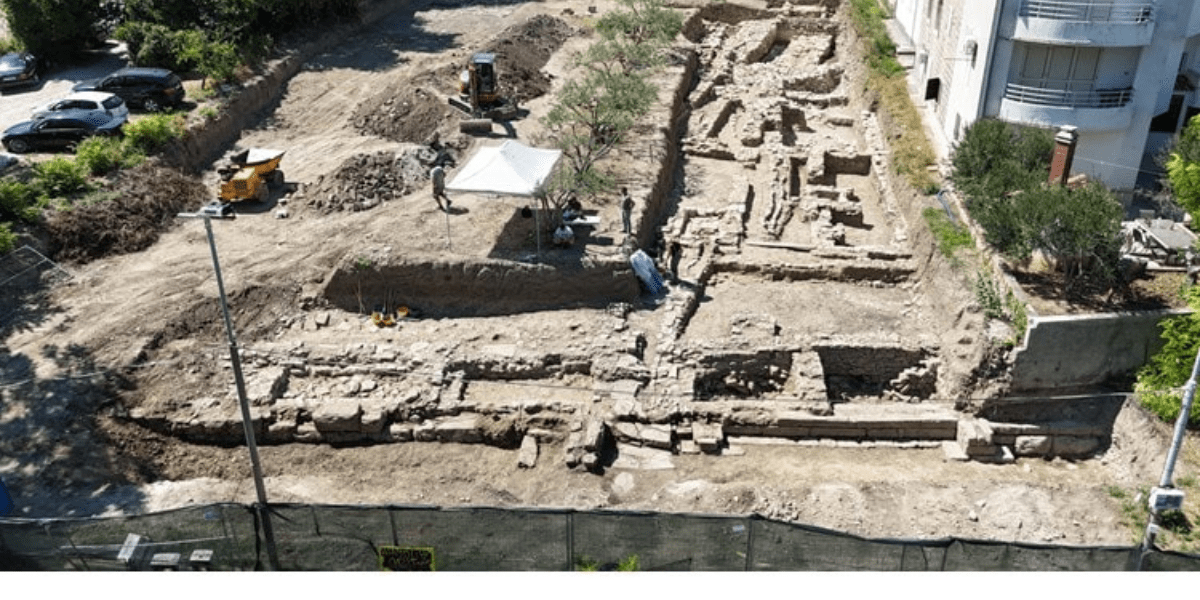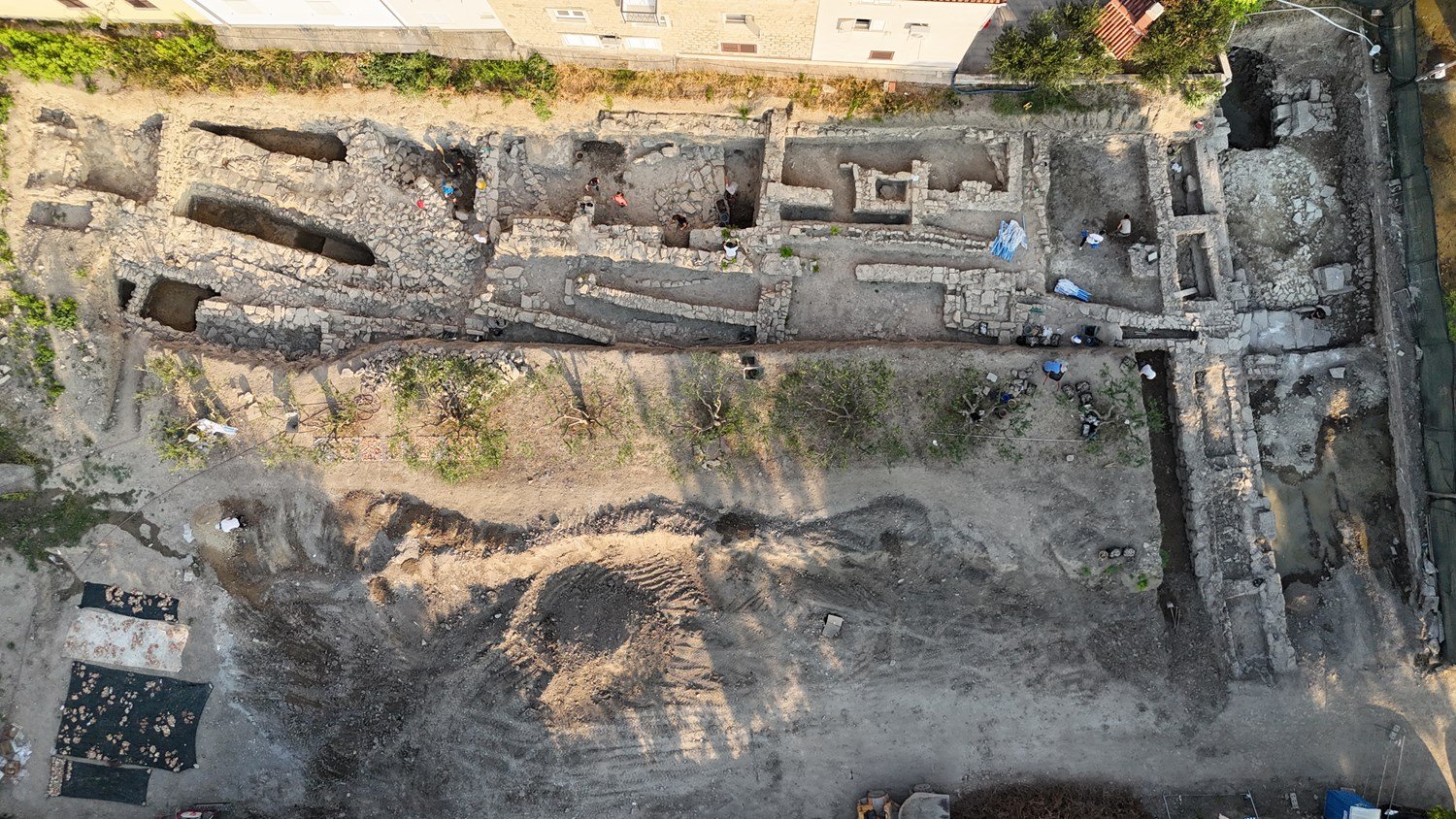
A 3,500-year-old settlement has been discovered in Croatia
Archaeologists have uncovered the remains of a 3,500-year-old settlement in the center of the Croatian Dalmatian village of Stobreč.
Stobreč is a quaint village near Split, about 250 miles south of the Croatian capital Zagreb.
The find includes a well-preserved monumental Greek fortification or defensive wall 230 meters long, as well as structures from various historical periods.
The discovery was announced in a press release published by the Croatian Ministry of Culture and Media.
📣 Our WhatsApp channel is now LIVE! Stay up-to-date with the latest news and updates, just click here to follow us on WhatsApp and never miss a thing!!
In the statement from the Ministry of Culture and Media, it was noted that a team of archaeologists began excavating a vacant lot in Stobreč ahead of future construction projects. The parcel was listed as a known historical site, but very little research had been conducted there in recent years.

According to Arkeonews, Dr. Marina Ugarković, an archaeologist from the Institute of Archaeology, stated, ‘These are impressive archaeological findings, including a Greek wall approximately forty meters long, with some sections reaching over three meters in depth,’ explaining that this makes it an extraordinary monumental discovery—comparable to the best-preserved Greek wall in Croatia and other ancient archaeological finds worldwide, according to the Ministry of Culture and Media.
Dr. Ugarković revealed that during her research, the remains of other structures dating to various periods within the ancient settlement of Epetion were discovered for the first time. These periods range from prehistoric times to the Hellenistic and Roman periods, extending into late antiquity and the early Middle Ages.
Marina Ugarković emphasized that, due to the stratified nature of the site, material evidence was found for the first time indicating the settlement existed much earlier than previously believed, with the earliest finds dating back to the Middle Bronze Age, or roughly 3,500 years B.C.

The project uncovered a massive Greek rampart, a type of defensive wall, from at least 2,000 years ago.
The rampart, believed to be over 2,000 years old, is notable for its impressive L-shape. The longer segment looks more asymmetrical, while the shorter segment is made up of five rectangular formations. The structure is approximately 10 feet high at its tallest, according to archaeologist Marina Ugarković.
This discovery, which is said to be among Croatia’s most remarkable and well-preserved Greek ramparts, provides intriguing new perspectives on the area’s prehistoric past.
By historical accounts, in the fourth century B.C., the Greeks started to establish colonies in what is now modern-day Croatia. In the second century B.C., the Romans began to increase their influence in the region. Stobreč later evolved into a prominent Roman trade center, as noted by regional tourism officials.
Croatia’s Ministry of Culture and Media
Cover Photo: Croatia’s Ministry of Culture and Media
You may also like
- A 1700-year-old statue of Pan unearthed during the excavations at Polyeuktos in İstanbul
- The granary was found in the ancient city of Sebaste, founded by the first Roman emperor Augustus
- Donalar Kale Kapı Rock Tomb or Donalar Rock Tomb
- Theater emerges as works continue in ancient city of Perinthos
- Urartian King Argishti’s bronze shield revealed the name of an unknown country
- The religious center of Lycia, the ancient city of Letoon
- Who were the Luwians?
- A new study brings a fresh perspective on the Anatolian origin of the Indo-European languages
- Perhaps the oldest thermal treatment center in the world, which has been in continuous use for 2000 years -Basilica Therma Roman Bath or King’s Daughter-
- The largest synagogue of the ancient world, located in the ancient city of Sardis, is being restored











Leave a Reply